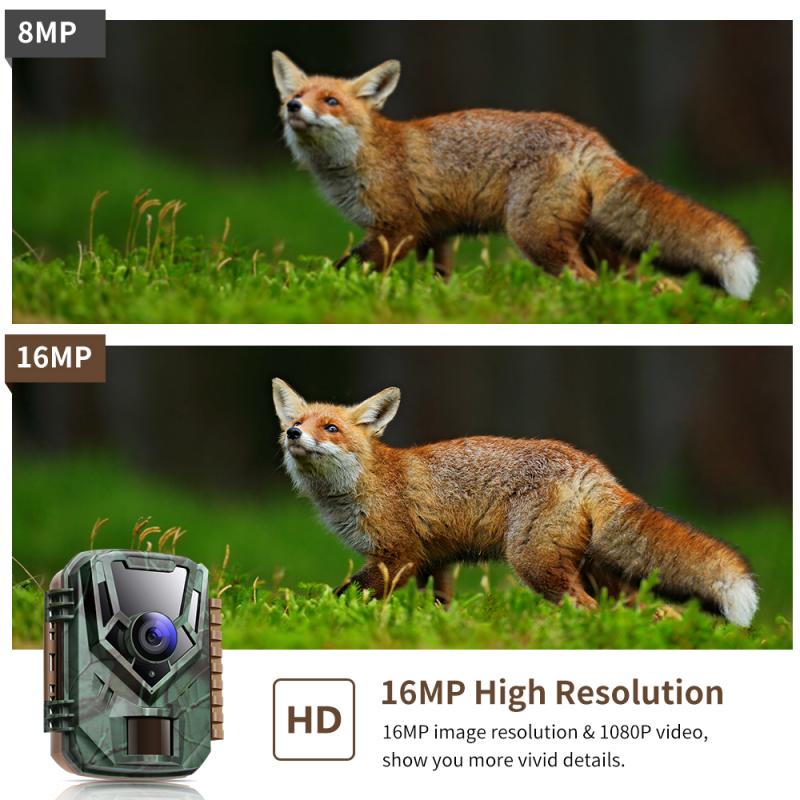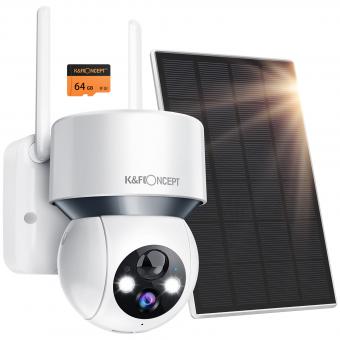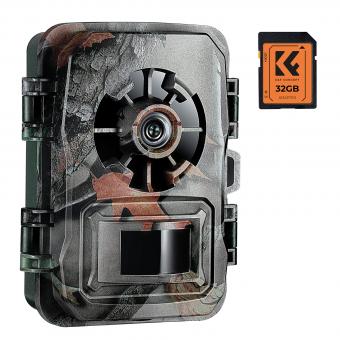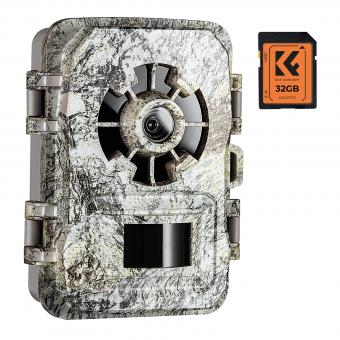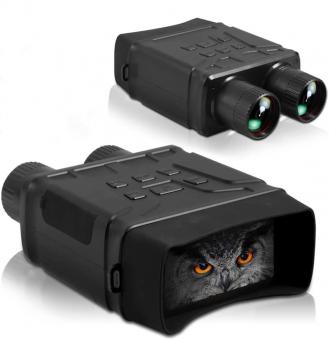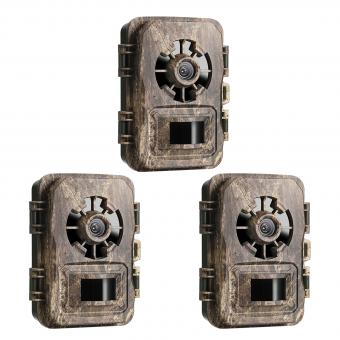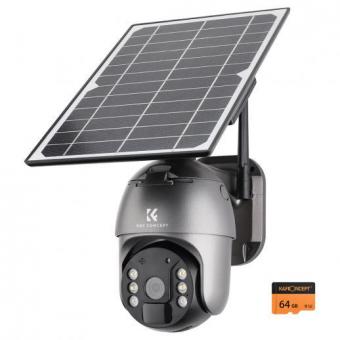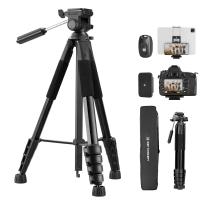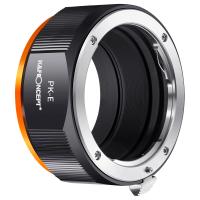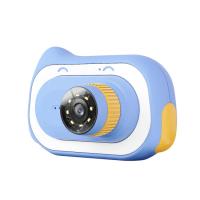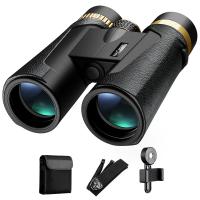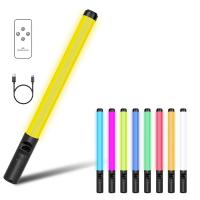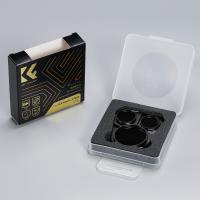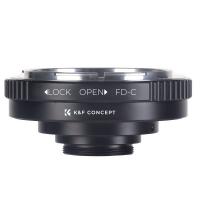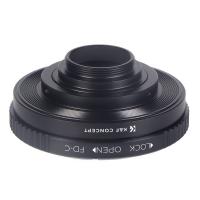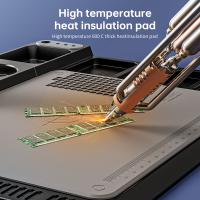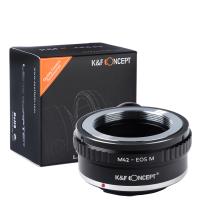How To Get Night Vision ?
Night vision can be obtained through the use of various technologies such as night vision goggles, scopes, or cameras. These devices work by amplifying the available light, including infrared light, to enhance visibility in low-light conditions. Night vision goggles, for example, use image intensifier tubes to collect and amplify ambient light, making objects appear brighter. Some night vision devices also utilize thermal imaging technology, which detects the heat emitted by objects and creates a visual representation of the temperature differences. It is important to note that obtaining night vision devices may require proper authorization and adherence to legal regulations, as they are often restricted for military or law enforcement use.
1、 Enhancing natural night vision through diet and lifestyle choices.
Enhancing natural night vision through diet and lifestyle choices is a more feasible approach than trying to acquire night vision like that of nocturnal animals. While humans cannot develop the same level of night vision, certain strategies can help improve their ability to see in low-light conditions.
One important aspect is maintaining a healthy diet rich in nutrients that support eye health. Consuming foods high in antioxidants, such as leafy greens, carrots, and berries, can help protect the eyes from damage caused by free radicals. Omega-3 fatty acids found in fish like salmon and tuna can also contribute to overall eye health.
Another crucial factor is getting enough vitamin A, which is essential for good vision. Foods like liver, eggs, and dairy products are excellent sources of this vitamin. However, it is important to note that excessive vitamin A intake can be harmful, so it is best to consult with a healthcare professional before making any significant dietary changes.
In addition to diet, certain lifestyle choices can also contribute to better night vision. Avoiding smoking and excessive alcohol consumption is beneficial for eye health, as these habits can lead to vision problems over time. Regular exercise and maintaining a healthy weight can also support overall eye health.
It is worth mentioning that while these dietary and lifestyle choices can improve night vision to some extent, they cannot provide the same level of night vision as animals that are naturally adapted to low-light conditions. Therefore, it is important to manage expectations and understand the limitations of human night vision capabilities.

2、 Using night vision technology and devices for improved visibility.
Night vision technology has revolutionized the way we see and navigate in low-light or dark environments. Whether you are an outdoor enthusiast, a hunter, or a security professional, having the ability to see clearly in the dark can greatly enhance your visibility and safety. Here's how you can get night vision:
1. Night Vision Devices: The most common way to obtain night vision is by using night vision devices such as goggles, binoculars, or monoculars. These devices use image intensifier tubes to amplify the available light, making objects visible even in complete darkness. They are available in various generations, with each generation offering improved performance and image quality.
2. Infrared Illuminators: Infrared (IR) illuminators emit infrared light that is invisible to the human eye but can be detected by night vision devices. By using an IR illuminator, you can enhance your visibility in extremely low-light conditions or even in total darkness.
3. Thermal Imaging: Unlike traditional night vision, thermal imaging detects the heat emitted by objects rather than relying on available light. Thermal cameras can detect temperature differences and create a visual representation of the heat patterns, allowing you to see clearly even in complete darkness. This technology is particularly useful for search and rescue operations, surveillance, and wildlife observation.
4. Smartphone Apps: Some smartphone apps claim to provide night vision capabilities by adjusting the camera settings to capture more light. However, these apps generally have limited effectiveness and may not provide the same level of visibility as dedicated night vision devices.
It is important to note that the latest advancements in night vision technology have led to improved image quality, longer battery life, and smaller, more lightweight devices. Additionally, some devices now offer digital recording capabilities, allowing you to capture and review your nighttime adventures.
As technology continues to advance, we can expect further improvements in night vision capabilities, including increased range, higher resolution, and integration with other technologies such as augmented reality.
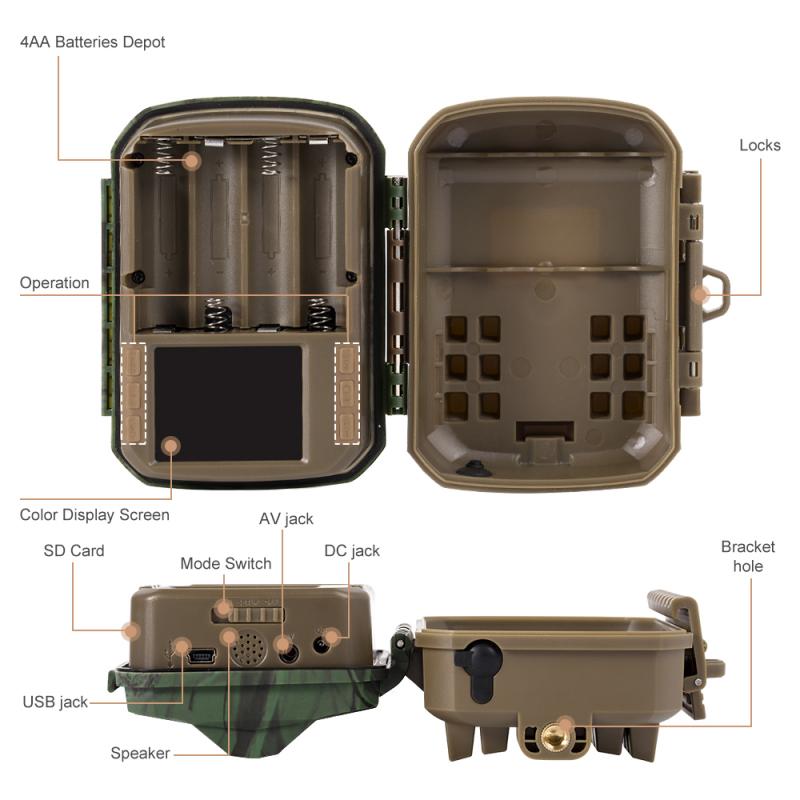
3、 Understanding the science behind night vision and how it works.
Understanding the science behind night vision and how it works is crucial in order to explore ways to enhance our ability to see in low-light conditions. Night vision is the ability to see in the dark, and it is primarily achieved through two mechanisms: scotopic vision and thermal imaging.
Scotopic vision is the ability of our eyes to detect and process low levels of light. It relies on the rod cells in our retinas, which are more sensitive to light than the cone cells responsible for color vision. By maximizing the use of rod cells, our eyes can adapt to low-light conditions and improve our night vision. However, scotopic vision has its limitations, and it can only provide a certain level of visibility in darkness.
Thermal imaging, on the other hand, is a technology that detects the heat emitted by objects and converts it into a visible image. It does not rely on ambient light and can provide a clear picture of the surroundings, even in complete darkness. Thermal imaging devices, such as infrared cameras, are commonly used by military personnel, law enforcement agencies, and wildlife researchers.
To enhance our night vision, researchers are exploring various approaches. One promising avenue is the development of technologies that mimic the biological mechanisms of animals with exceptional night vision, such as owls and cats. These animals have specialized adaptations in their eyes, such as larger pupils, increased rod cell density, and reflective structures called tapetum lucidum, which enhance their ability to see in the dark.
Additionally, advancements in nanotechnology and bioengineering may lead to the development of artificial night vision devices that can be integrated into our eyes or worn as wearable technology. These devices could potentially enhance our scotopic vision or provide thermal imaging capabilities, allowing us to see in the dark with greater clarity and detail.
In conclusion, understanding the science behind night vision is essential for exploring ways to improve our ability to see in low-light conditions. While scotopic vision and thermal imaging are the primary mechanisms for night vision, ongoing research and technological advancements hold the potential to further enhance our night vision capabilities in the future.
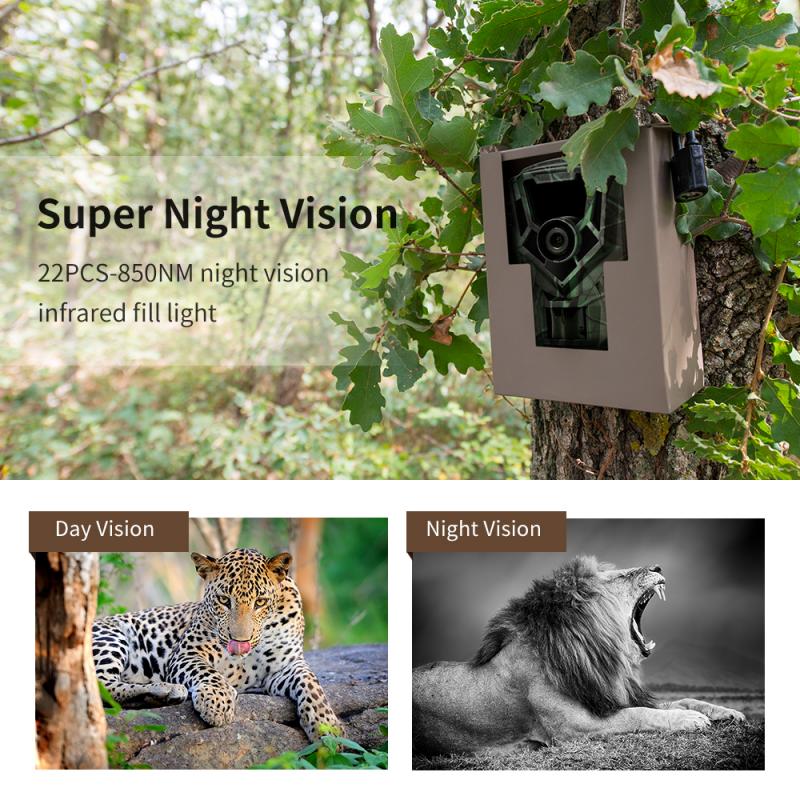
4、 Exploring the different types of night vision technologies available.
Night vision technology has come a long way in recent years, allowing individuals to see clearly in low-light or dark environments. Exploring the different types of night vision technologies available can help you understand how to obtain night vision capabilities.
One of the most common types of night vision technology is image intensification. This technology works by amplifying the available light, making it possible to see in the dark. Image intensification devices, such as night vision goggles or scopes, use a combination of lenses and photocathode tubes to enhance the light and create a visible image.
Another type of night vision technology is thermal imaging. This technology detects the heat emitted by objects and converts it into a visible image. Thermal imaging devices can be used in complete darkness and are often employed by law enforcement and military personnel for surveillance and search and rescue operations.
Digital night vision is a newer technology that uses an electronic sensor to capture and amplify available light. These devices often have built-in LCD screens, allowing users to view the enhanced image directly. Digital night vision devices are typically more affordable than traditional image intensification devices.
In recent years, there have been advancements in night vision technology, such as the integration of augmented reality (AR) and artificial intelligence (AI). AR overlays digital information onto the user's field of view, providing additional context and enhancing situational awareness. AI algorithms can also be used to improve image quality and reduce noise in night vision devices.
To obtain night vision capabilities, you can purchase night vision devices from various manufacturers and retailers. It is important to consider your specific needs and budget when selecting a device. Additionally, it is crucial to comply with local laws and regulations regarding the use of night vision technology, as some jurisdictions may have restrictions on its use.
